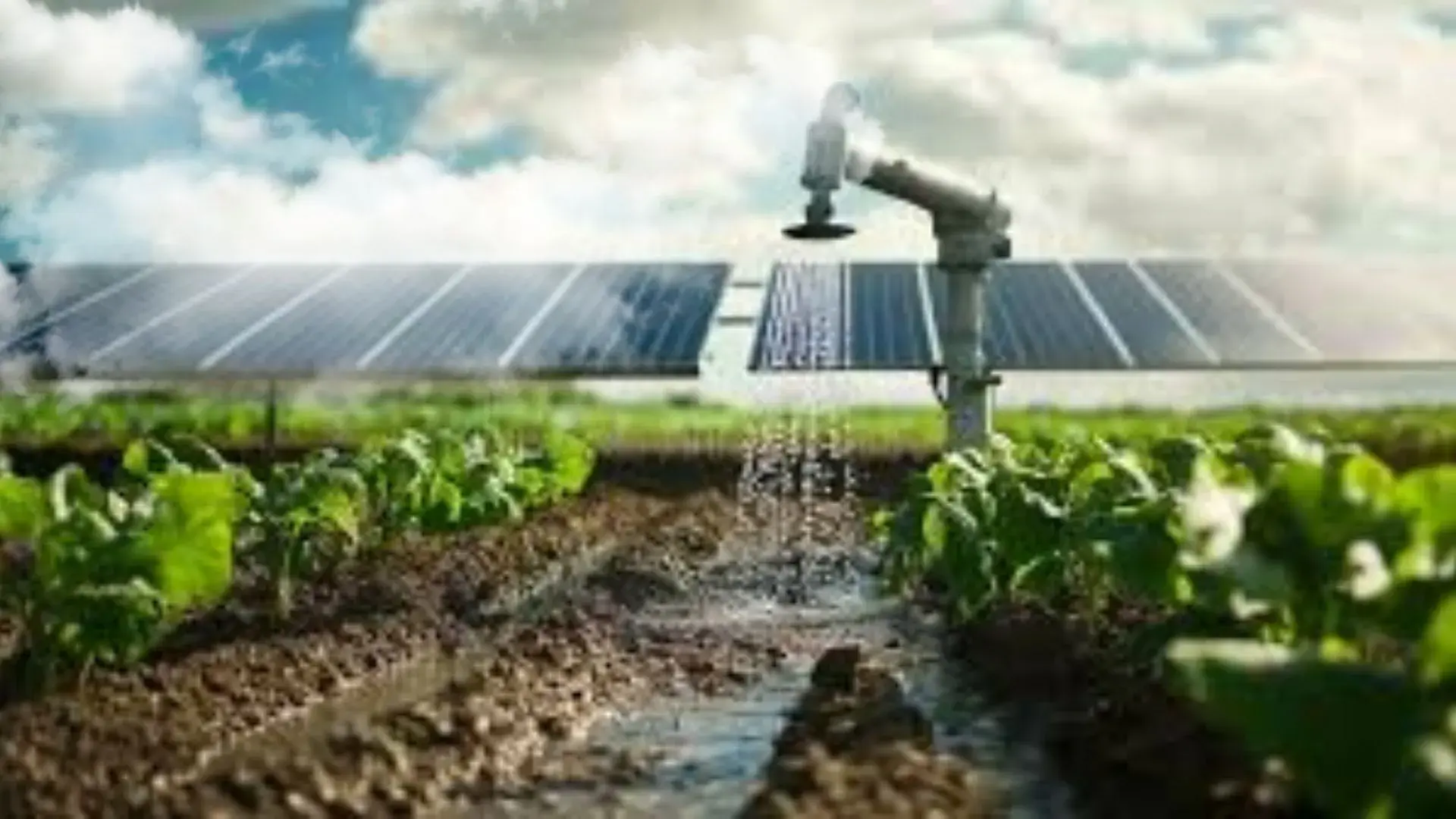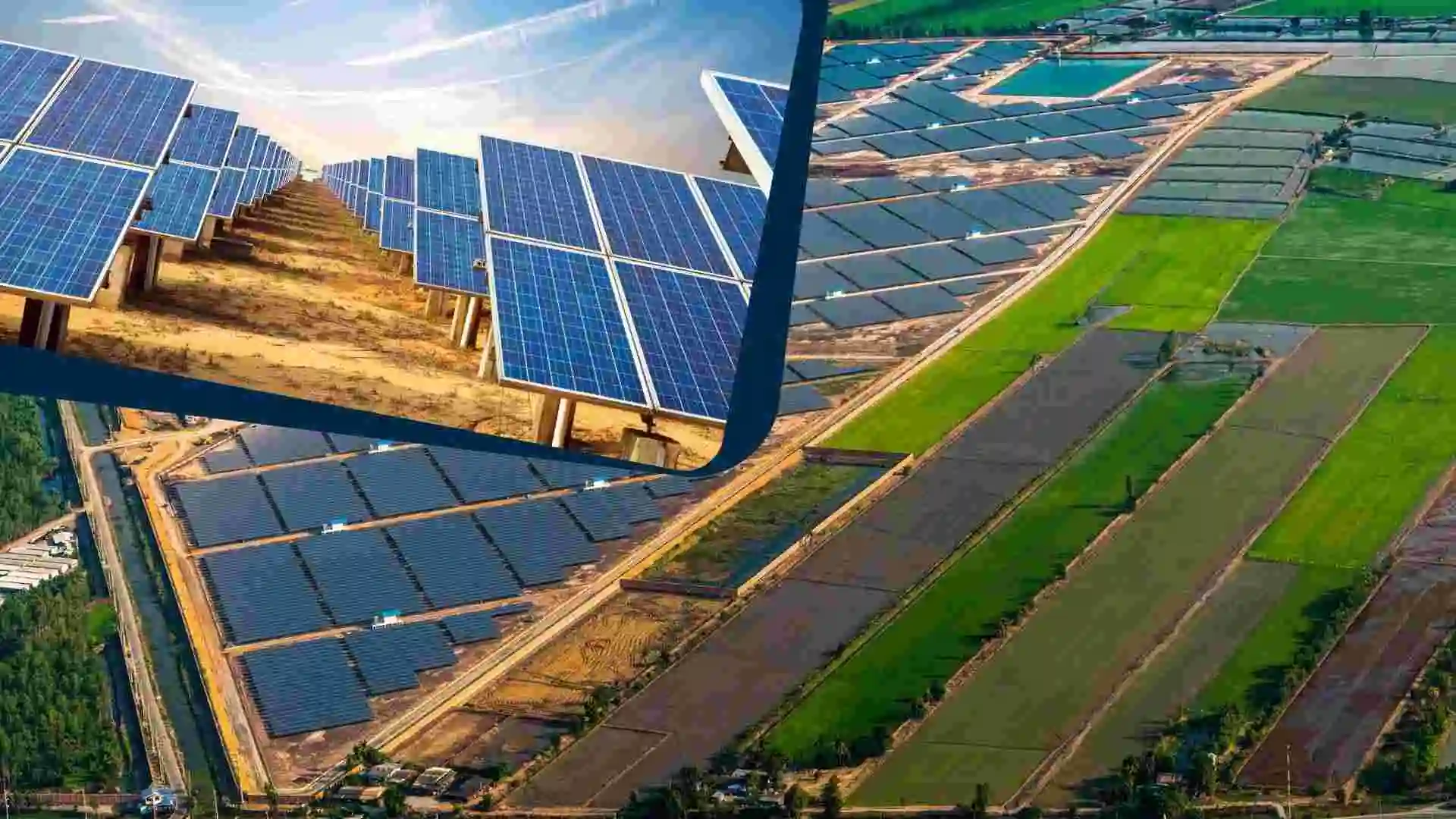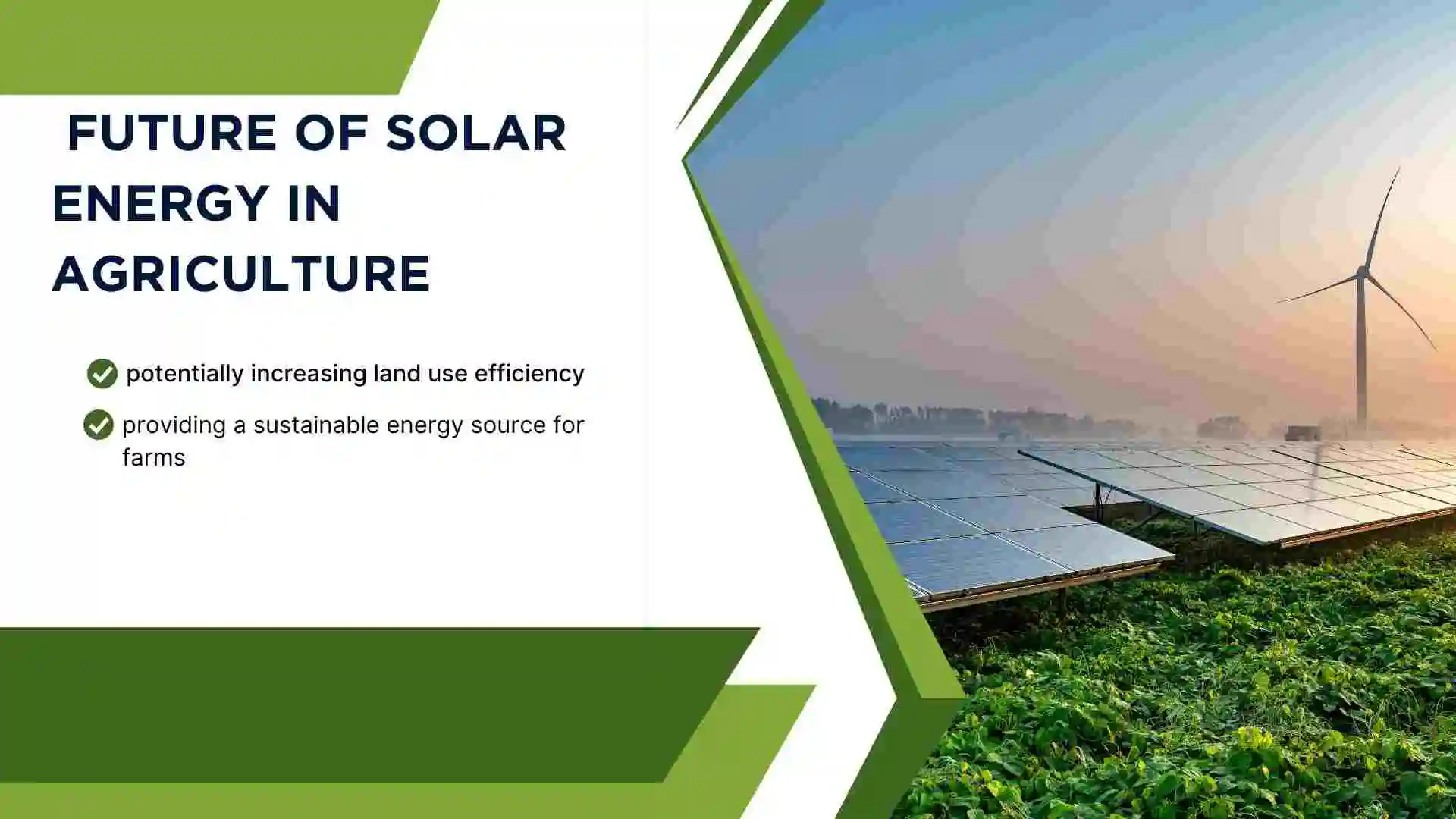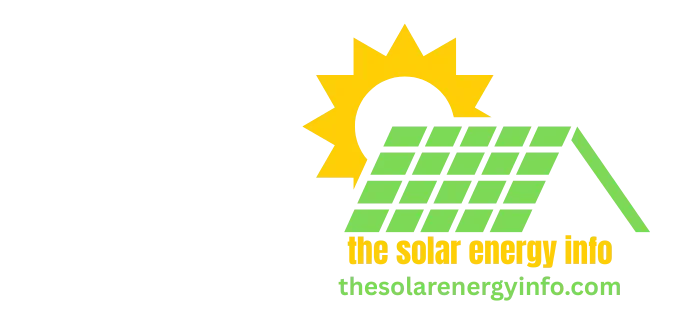Solar Energy in Agriculture – Smart Farming with the Power of the Sun
Farming is changing in 2025. Today, solar energy is becoming a powerful tool for farmers around the world. It helps grow crops, save money, and protect the environment all at the same time.

With rising fuel and electricity prices, many farmers are turning to solar panels. These systems can power water pumps, lights, and even cold storage units. Best of all, the sun’s energy is free and endless.
In this guide, you’ll learn how solar energy in agriculture works, what benefits it brings, and how you can start using it on your own farm. We’ll also cover the latest trends, government support, and real-world examples. Let’s explore how the sun can power smart farming in 2025.
If you want to know complete details about impact of solar system then please visit Environmental impact of Solar Energy.
What Is Solar Energy in Agriculture?
Solar energy in agriculture refers to the use of sunlight to generate electricity for farming operations. It is a modern solution that reduces dependency on fossil fuels and lowers energy costs. This technology powers a wide range of tools and systems such as water pumps, lighting, cold storage, and more. In 2025, it has become a practical and smart investment for both small and large farms.
Understanding Agriculture and Solar Co-location
Solar energy in agriculture means using sunlight to power farming tools and systems. This can include irrigation pumps, greenhouses, dryers, and even electric fences. Farmers install solar panels on land, rooftops, or over crops.
It helps reduce the need for diesel generators and high electricity bills. The goal is to make farming more affordable, sustainable, and independent.
Co-location is when solar panels and crops are grown on the same land. This is also called agrivoltaics. It helps save space and gives dual benefits: energy from the sun and food from the ground.
In 2025, more farms are using this method. Shade from the panels can even help some crops grow better by reducing heat stress. It’s a smart way to use land wisely.
Why Farmers Are Switching to Solar in 2025
Many farmers are choosing solar because it’s now cheaper and easier to set up. Electricity costs are high, and diesel is expensive. Solar panels help cut these costs.
Also, new solar technology is more efficient. With support from governments and lower equipment prices, 2025 is a great time to switch.
How Solar Farming Works – Basic Concepts Explained Simply
Solar panels catch sunlight and turn it into electricity. This energy is then used to power machines on the farm.
Here’s a simple table to understand the process:
| Component | Function |
|---|---|
| Solar Panel | Collects sunlight |
| Inverter | Converts sunlight to usable energy |
| Battery (optional) | Stores extra energy for later use |
| Pump/Equipment | Uses electricity to run |
How to Set Up a Solar System for Your Farm
Starting with solar energy requires planning and the right setup. Farmers need to assess their land, choose the right panels, and understand energy needs. This section gives a step-by-step guide on how to successfully set up a solar energy system on your farm in 2025.
Steps to Set Up a Solar System for Your Farm
Site Selection and Feasibility Check
Start by checking your land. Is it sunny enough? Is there space for panels?
You should also test soil, check shadows, and see local weather data. Many companies offer free site visits in 2025.
Types of Solar Panels Used in Agriculture

Choose panels based on your farm’s size, budget, and energy need.
Key Benefits of Solar Energy for Farmers
Using solar energy offers farmers multiple advantages that go beyond just saving money. From energy independence to better water management and higher crop yields, solar systems can transform farm operations. This section explores the core benefits that make solar energy a smart choice for farmers in 2025.
Here’s a quick comparison table showing the key benefits:
| Benefit | Description |
|---|---|
| Lower Electricity Costs | Reduces power bills by up to 70% |
| Energy Independence | Less reliance on grid or diesel |
| Improved Crop Health | Panels can reduce crop stress from sun and weather |
| Water Efficiency | Solar pumps enable smart irrigation |
| Environmentally Friendly | Reduces carbon footprint and pollution |
Reduced Electricity Costs and Energy Independence
One of the biggest benefits is saving money. Solar panels can cut your electricity bills by up to 70%.
Also, farmers become less dependent on the power grid or diesel. This gives more control and fewer blackouts.
Improved Crop Yields with Agriculture Systems
Solar setups like agrivoltaics can improve crop conditions. Some plants grow better under partial shade.
Panels also protect crops from heavy rain and extreme heat. This can lead to better harvests and less crop damage.
Sustainable Water Management with Solar Pumps
Solar-powered pumps are a smart way to move water. They don’t need fuel and work well in remote areas.
This helps manage water use better and supports drip irrigation systems. It also reduces the carbon footprint.
Solar-Powered Irrigation Systems
Watering crops is one of the most energy-demanding tasks in farming. Solar-powered irrigation systems provide a cost-effective and eco-friendly way to pump water using the sun. This section explains different types of systems and helps farmers choose the best method for their land and budget.

Types of Solar Irrigation Systems for Farms
Solar irrigation systems can be of different types:
Each has its own cost, setup, and best use.
Drip vs. Flood Irrigation – Which Works Best with Solar?
Drip irrigation is better with solar. It uses less water and works well with low-power pumps.
Flood irrigation needs more energy and water, so it’s less efficient with solar.
| Method | Water Usage | Energy Need | Solar Compatibility |
|---|---|---|---|
| Drip Irrigation | Low | Low | High |
| Flood Irrigation | High | High | Low |
Applications of Solar Energy in Modern Farming
Solar energy has found its place in various farm operations beyond just irrigation. From powering greenhouses to keeping food fresh in storage units, the applications are growing each year. Here, we’ll explore how different areas of farming benefit from solar power in daily operations.
Solar Greenhouses and Climate Control
Solar panels on greenhouses help control light and temperature. This reduces the need for extra heating or cooling.
It also keeps growing costs low and protects crops from climate changes.
Solar-Powered Cold Storage & Grain Dryers
Cold storage is important for keeping food fresh. Solar energy powers coolers and dryers without needing fuel.
This helps reduce spoilage, especially in remote farms without good electricity.
Challenges and Limitations of Solar Farming
While solar energy offers many benefits, there are also some challenges to consider. High initial costs, maintenance needs, and land usage issues can affect a farmer’s decision. This section highlights the common drawbacks and how to deal with them effectively.
Here’s a quick table summarizing the key challenges:
| Challenge | Description |
|---|---|
| High Initial Costs | Equipment and setup can be expensive despite long-term savings |
| Regular Maintenance | Needs cleaning, battery checks, and system monitoring |
| Land Use Conflicts | Panels may occupy space meant for crops |
| Shading Issues | Trees, buildings, or other panels may block sunlight |
| Weather Dependency | Solar output can vary with season and weather |
Initial Costs and Maintenance Concerns
Solar systems need money upfront. Even with subsidies, panels and installation are costly.
Maintenance is low but still needed. Cleaning, battery checks, and inverter replacements may be required.
Land Use Conflicts and Shading Issues
If panels cover crop fields, you lose growing space. Trees or buildings may block sunlight.

That’s why co-location and planning are key. Panels can be installed over walkways or animal shelters.
Future of Solar Energy in Agriculture
Solar technology continues to grow in the farming world. New innovations and smarter systems are shaping the future of agriculture. In this section, we’ll look at current trends in 2025 and where the industry is headed by 2030.

2025 Trends in Smart Solar Agriculture
This year, many farms are using IoT and smart sensors with solar systems. These tools help track energy use and crop health.
Floating solar panels and mobile solar carts are also becoming popular in large farms.
Predictions for the Next 5 Years
By 2030, more farms will be fully solar-powered. Governments are expected to give better support and finance options.
Experts also predict better battery tech, AI tools, and cheaper solar gear.
Conclusion
Solar energy in agriculture is not just a trend—it’s the future. In 2025, it’s easier than ever for farmers to switch to clean and efficient solar power.
Whether it’s powering irrigation systems, running cold storage units, or improving crop yield through smart shading, solar technology is transforming farms of all sizes. It reduces long-term costs, cuts dependence on fossil fuels, and helps protect the environment.
If you’re looking to future-proof your farm, improve productivity, and save money, the sun might just be your best investment.
